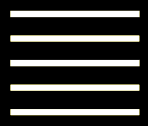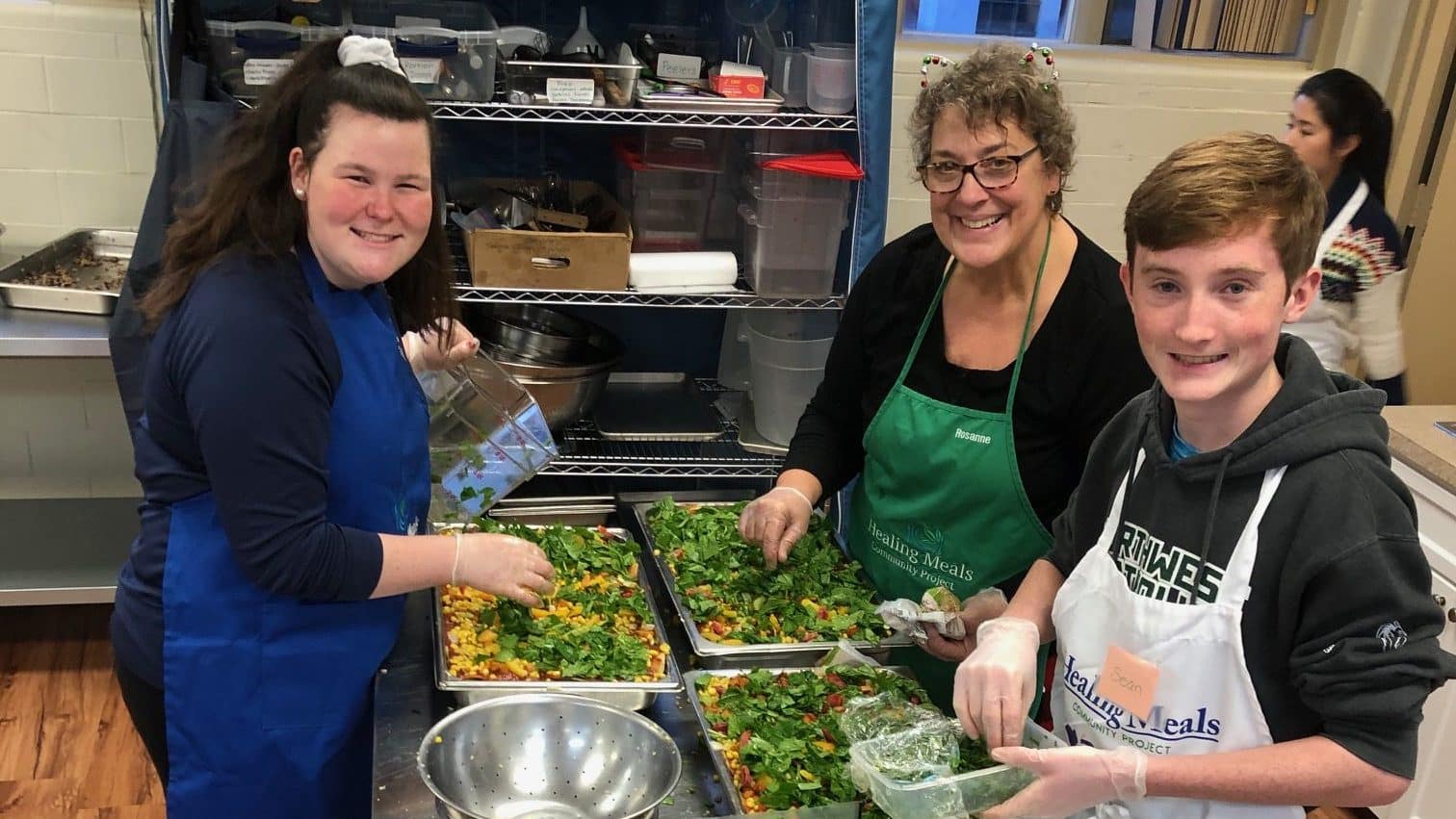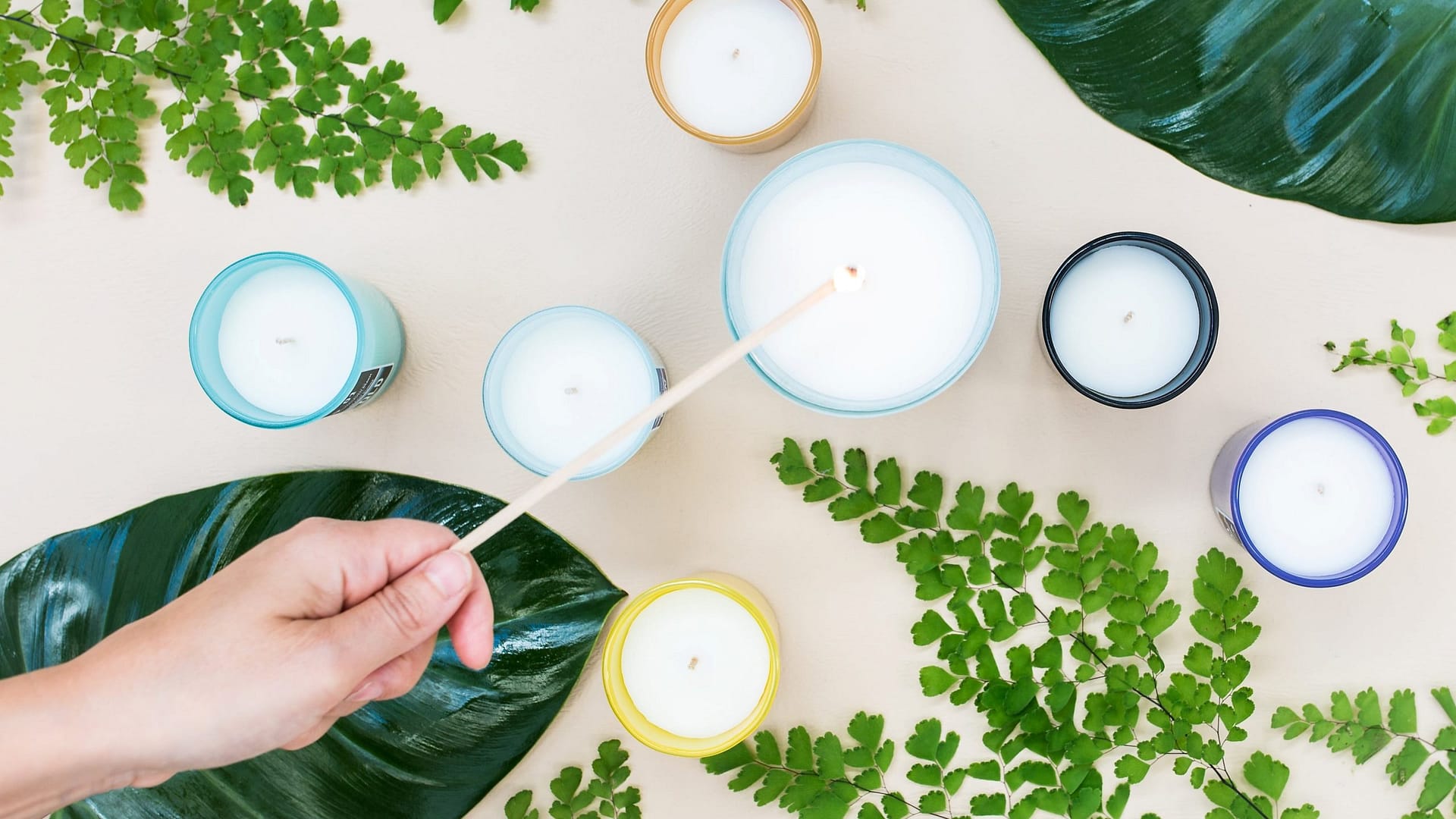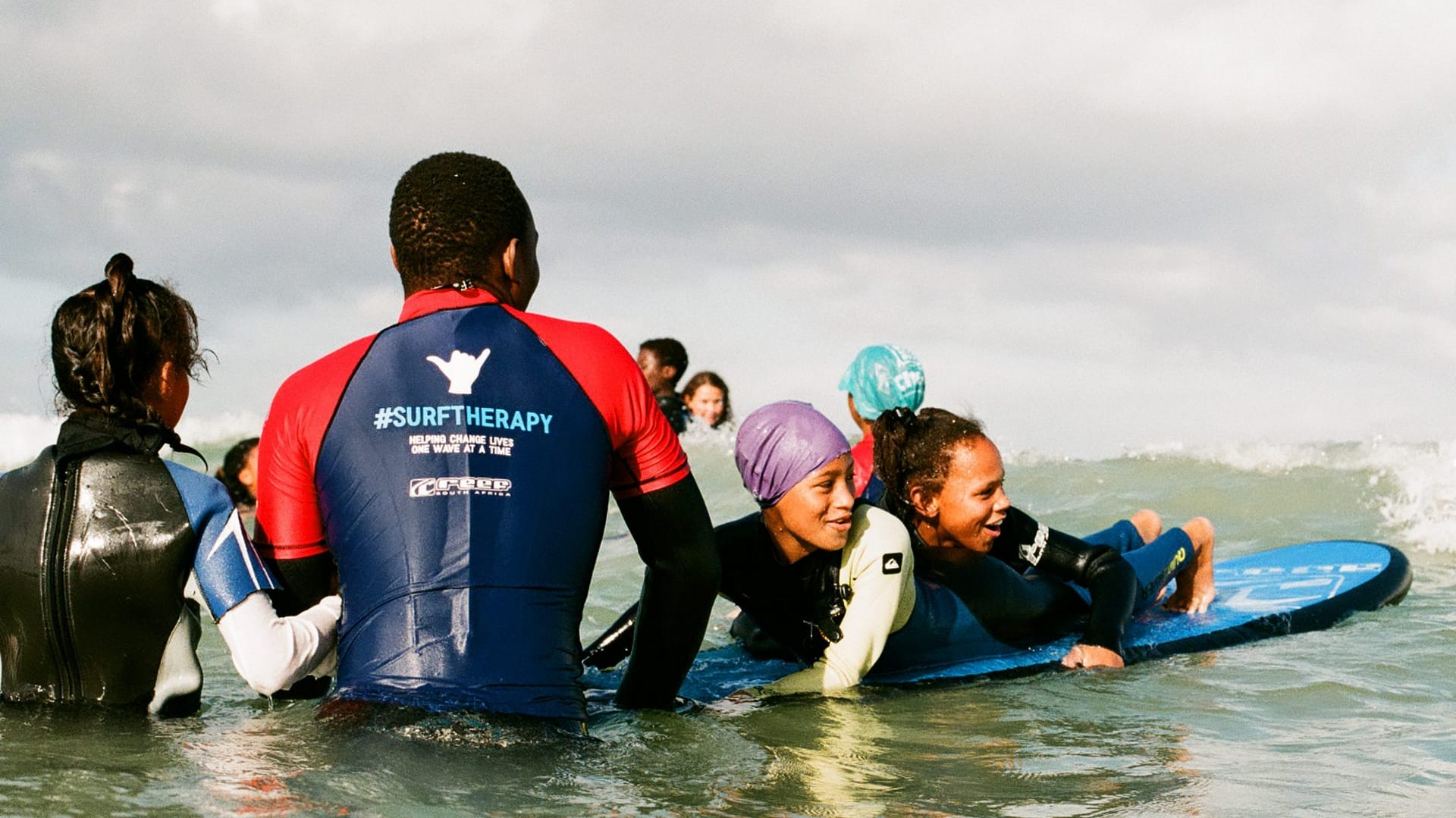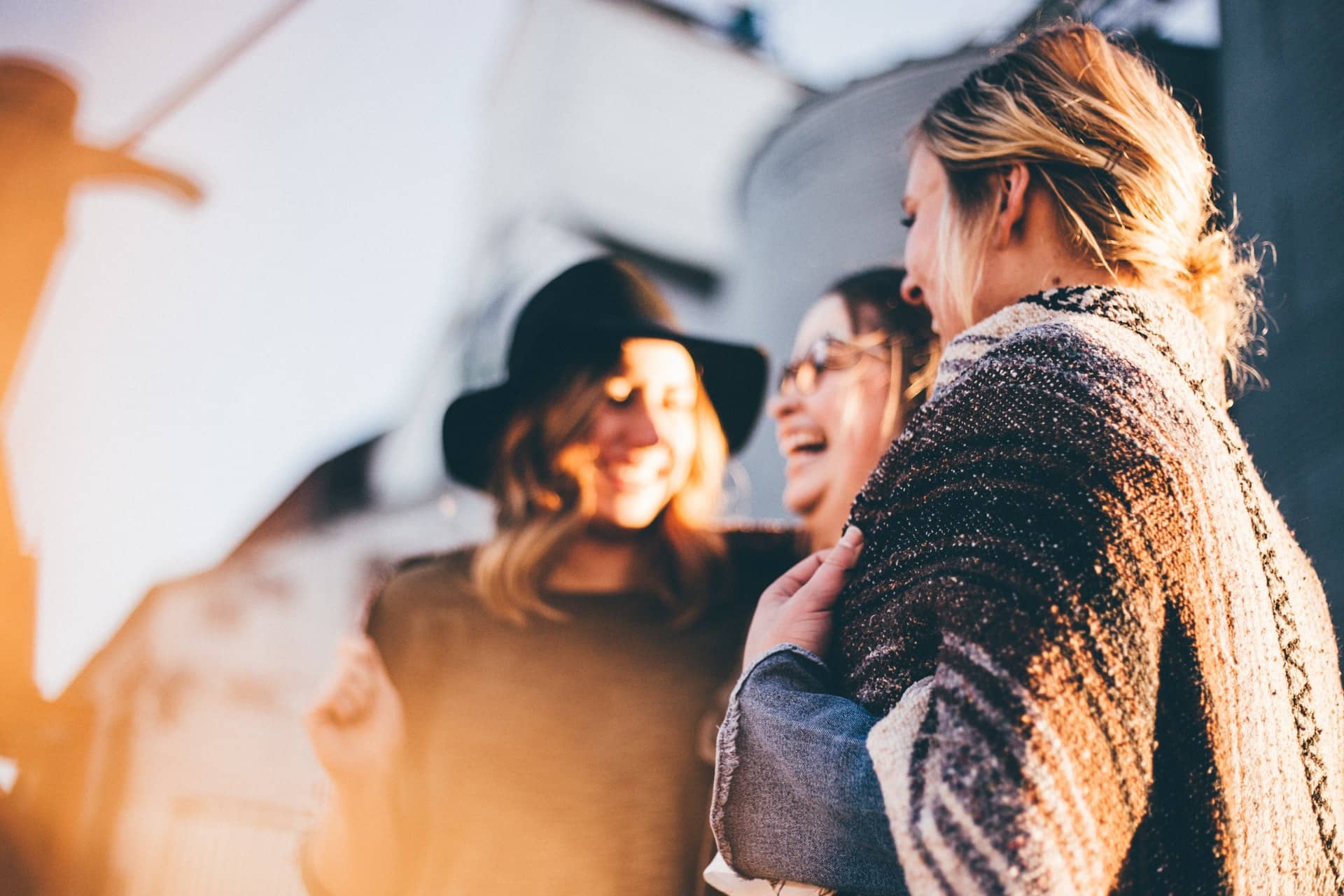Raise your hand if you have a drawer, corner of a closet, or back corner of the attic or basement dedicated to “stuff”. The junk drawer full of odds and ends, the closet with extra coats you can’t quite get rid of, the attic space with boxes that never made the A-list to unpack after your last move. Now imagine what would happen if you stopped buying new stuff for an entire year. How would your relationship to this “stuff” change?
On a mission to challenge his own habits of consumption, author Nico Stoifberg swore off buying things for a year. Over the course of this endeavor, he learned a few surprising lessons that can, perhaps, inform our own way of looking at the consuming habits we’ve taken on without even noticing.

Truthfully, it sometimes feels like I am at the mercy of my own stuff. The bag of clothes to be donated in my back seat, the camping gear waiting to be organized for future easy packing. And yet, I find myself enticed at the new jacket, delightedly adding a new spatula to my camping kitchen, or grabbing a new pack of sticky notes at the store. I know that somewhere, at home, I probably have something that will work just fine, but those shiny new things are just too alluring.
It seems that I’m not alone in this problem of impulse buying. 73% of adults in the US report that their purchases tend to be spontaneous, with impulse buys costing people an average of $314 every month. 1
In addition, of the nearly 1.3 trillion dollars in online sales in the US approximately 16.5% of them ended up as returns in 2022. 2
As someone who has been lured in by a great Instagram ad campaign, or enticed by a “great deal,” I am no stranger to the pull of advertisements and the desire to keep up with the latest in technology. However, over the past few years, I have been trying to embrace a growing movement towards purchasing less and making the most of what I already have on hand.
Actually doing more with less.
I am by absolutely no means a minimalist. You’ll find every wall in my home covered in my favorite art and too many throw pillows to count on my couches, but I am finding myself with a desire to try to bring less stuff into my life. Though my motivations stem from wanting to reduce my environmental impact, people often come to this same doing more with less conclusion to reduce their financial stress, or reduce the clutter and stress in their lives.
However we come to this place of wanting to take on the challenge of buying less stuff, it’s going to take a practical mindset shift to actually start to develop new spending habits and combat the perpetual culture of consuming that is all around us.
So, when I found the following TEDx Talk from Nico Stoifberg, something clicked. It was the first time I’d been able to clearly see—with just two simple tips—a way forward towards sustaining my desire to really do more with less, all while not feeling that I was actually living any less or wanting for more than I needed.
What are these two tips? And what do you do about staying clean and staying fed while going a year without buying anything? Here’s Nico with the answers.
If you’d like to watch more TEDx Talks featuring thought leaders from all around the world sharing their unique insights, go check out the TEDx YouTube channel. There, you’ll find their full library of talks to enjoy.
Where to Start
Feeling inspired to take on a year of no purchases challenge, maybe even giving it go for a month or a week? First, start with figuring out your why—you’re far more likely to succeed if you do. Are you taking on this challenge to feel more financial freedom—reduce unnecessary purchases or pay off debts? Is your goal to reduce your environmental impact—tackling your carbon footprint and consuming less? Maybe you’re looking to declutter your life a little— are you just sick of the stress of cleaning or the cost of that storage unit? Whatever your “why,” keep it close, and if you’re taking on this challenge as a household, agree on your “why” together to help each other stick to the mission at hand.
Next up, decide what “no purchases” means to you. For Nico, his two rules were: don’t die, and don’t stink. So for him food and toiletries were on the purchasing list. Now not everybody can live by such tight rules, so maybe for a month the rule could be no purchasing new things—so second-hand purchases are okay. Perhaps you make a pact to institute a “wish list” rule where any purchases have to spend a certain amount of time on a wishlist or in your cart online before you decide if you need to purchase them. Whatever you choose to do, make sure it’s energetically sustainable, and remember, progress is better than perfection, so don’t abandon things even if you get off track!
Nico’s Two Tips for Success: Finding Fun, Experiencing More
- Make it fun: Once you’ve got your “why” and your rules, it’s time to have some fun. I loved Nico’s first tip to keep himself from impulsive buying by recognizing when advertising or enticing storefronts were trying to trick him into buying new things. Turning every decision to say no into a cause for celebration—a little victory—is such a wonderful way to practice a new habit without feeling like you’re missing out, but rather, having little success after little success!
- Spend on Services not stuff: Nico’s second tip was also brilliant, spend your newly saved money on services and experiences, not stuff. This is brilliant. Now, if your “why” is to save money, perhaps sock away some of your savings to spend on services, but still, it’s important that we reward ourselves. Whether we’re rewarding ourselves with a concert with friends, a dinner with loved ones, or maybe a haircut that leaves us feeling our best, spending on experiences and services will often leave us with far more lasting memories and deeper emotional experiences than an impulse buy online. (This is also a great tip for gift giving, too. Instead of spending money on stuff for your loved ones, try giving the gift of experiences or services this holiday season.)
A little more inspiration!
If you’re not quite ready to take on a no spending challenge, here are a couple of practices you can take with you. Try taking one or two and folding them into your spending habits this month!
1. Practice Mindful Consumption: Before making a purchase, take a moment to ask yourself if you genuinely need the item or if it’s just a fleeting desire. Mindful consumption can help you distinguish between genuine needs and impulsive wants.
2. Repair and Maintain: Instead of discarding broken or damaged items, learn how to repair them or take them to a professional. This not only saves money but also reduces waste.
21 Billion Pounds of Clothes Go to Landfills Every Year… Now FABSCRAP is On the Case!
We’ve mastered how to make the most of food scraps, but what about textile scraps? Let’s meet the female CEO of FABSCRAP, the company transforming textile waste from the apparel design process into a catalyst for a community of changemakers.
Read Article Watch Video Listen to Podcast3. Reimagine Possessions: Get creative with repurposing items you already own. That old ladder could become a unique bookshelf, and glass jars can be transformed into decorative containers or new glassware.
4. Borrow or Share: Consider borrowing or sharing items with friends and neighbors. For example, you can share tools, kitchen appliances, or sports equipment, reducing the need to buy everything yourself. Most libraries have programs that allow you to check out such things, too. (And it’s free!)
5. Explore Local Resources: Before making purchases for items you might use infrequently, check local resources like libraries, Facebook Groups, or community centers that may have resources you can use or borrow.
6. Buy Used or Secondhand: Secondhand shopping is an excellent way to reduce your environmental impact and save money. Thrift stores, consignment shops, and online platforms like eBay and Craigslist offer a wide range of pre-owned items.
7. Focus on Quality over Quantity: Invest in high-quality, durable items that will last longer. While they may have a higher upfront cost, they can save you money in the long run by reducing the need for replacements.
8. Explore DIY Projects: Take up DIY projects to create or repair items. This can be a fun and fulfilling way to make the most of your existing possessions and even save money.
9. Organize and Inventory: Regularly assess your possessions and create an inventory of what you have. This will help you avoid duplications and make it easier to find items when you need them. It may just be time to organize that junk drawer or back closet.
10. Practice Gratitude: Cultivate a sense of gratitude for what you already own. Recognize the value in your possessions and appreciate them for their utility and significance in your life.
If you want a little more inspiration, here are some articles I’d recommend you dive into:
Is Going Zero Waste Really Possible?
Have you seen those people who can fit a year’s worth of garbage into a mason jar? Is that even possible? Meet a family that tried to live zero waste for a month and see how it went!
Read Article Watch Video Listen to PodcastWant to Reduce your Waste? Here’s a Guide to Get You Started
If you’ve ever stood in front of an array of waste bins at the airport holding your empty coffee cup wondering “Is this garbage? Is this recycling? What do I do with this stuff?” and you desperately wanted to do the right thing but didn’t know what to do, this is the article for you. We’re going to break down what’s waste, what’s not, and what we can do to make waste a thing of the past.
Read Article Watch Video Listen to PodcastOur Plastic Waste Problem: It’s Not About Perfection
We all know that plastic waste is a huge problem, but what are we supposed to do about it? Turns out there’s a lot we can do with just a few little changes!
Read Article Watch Video Listen to PodcastThe Art of Buying Less
In a world that constantly encourages us to buy more, the art of buying less and making the most of what you have can be the cultural wave we embrace into the future. It has benefits to our mental wellbeing, our financial wellbeing, and even the wellbeing of our relationships. So, the next time you’re tempted to make an impulsive purchase, ask yourself if it aligns with your purchasing “why.” Chances are, you’ll find greater satisfaction in using what you have to its fullest potential.
Stay beautiful & keep laughing!
-Liesl

Don’t miss out on a single article!
Enjoy unlimited access to over 500 articles & podcast that give you a positive perspective on the state of the world and show you practical ways you can help.
Notes:
- Dickler, Jessica. “Despite Recession Fears and Fueled by ‘Revenge Spending,’ Americans Spend $314 a Month on Impulse Purchases.” CNBC, CNBC, 20 Aug. 2022, www.cnbc.com/2022/08/20/shoppers-spend-over-300-a-month-on-impulse-purchases-despite-recession-fears.html. Accessed 2 Nov. 2023. ↩
- “Topic: E-Commerce Returns in the United States.” Statista, Statista, 2023, www.statista.com/topics/10716/e-commerce-returns-in-the-united-states/#topicOverview. Accessed 2 Nov. 2023. ↩
- TEDx Talks. “Stop Buying Stuff | Niko Stoifberg | TEDxBibliothekZug.” YouTube, YouTube Video, 12 July 2021, www.youtube.com/watch?v=QesWRLsWJA4. Accessed 2 Nov. 2023. ↩

